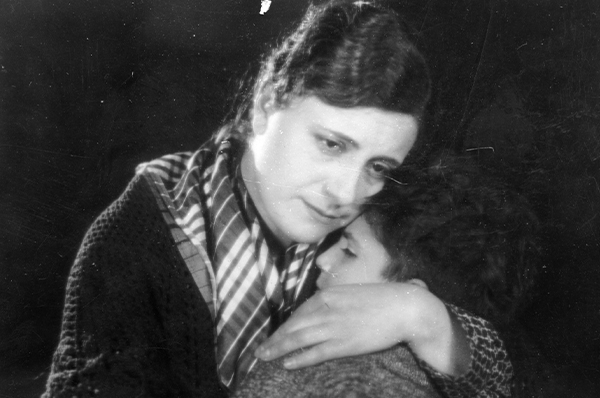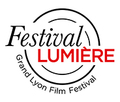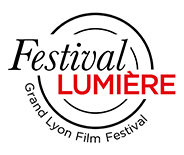The unexpected in Spanish cinema
¡HOLA!
PostED ON OCTOBER 18 2022
A brutal western, a silent social film: Josetxo Cerdan, director of the Filmoteca Española in Madrid, returns to Lyon to present two surprising restorations.
More than forty years separate ‘The Cursed Village’ (1930) and ‘Cut-Throats Nine’ (1972), but each illustrates little-known facets of Spanish cinema. What makes them so special?
Our intention at the Filmoteca is to extend the history of our national cinema by presenting works that illustrate its great diversity, which is sorely overlooked. On the periphery, the idea is also to appeal to a younger audience with films that can almost be considered underground because of their rarity and singularity.
With the advent of talkies, ‘The Cursed Village’ was one of the last silent films shot in Spain.
Yes, it contains a peculiar detail, because we discovered that the picture, which consisted of only a nitrate print, included several sound scenes that director Florían Rey (1894-1962) had shot in a Paris studio. Unfortunately, these were lost. In 1942, Florían Rey filmed a remake of the movie, this time in a less interesting, all-sound version. It is the original presented here that is considered a major work, a social film denouncing a patriarchal society, while also voicing concern about the rural exodus in Spain, bringing it closer to Luis Buñuel's ‘Land without Bread’. The audience may be surprised.
They might also be shocked by the brutality contained in ‘Cut-Throats Nine’, an atypical western!
Probably, like we were when we discovered it, although this is the version intended for the domestic market, expurgated of some scenes. At the height of the spaghetti western craze, the film, in the B-movie category, was a great success, especially internationally, in its even more radical version. With this film, Joaquín Romero Marchent (1921-2012) asserted the viability of the ‘chorizo western’. He was also part of the underground resistance movement against Franco's regime via his cinema. It is an alternative cinema, an act of counterculture…

The Cursed Village, 1930 © DR
The Cursed Village
In a Castilian village at the end of the 1920s, a farmer driven to ruin by years of poor harvests sees his wife escape, enticed by another life in the nearby city of Segovia... ‘The Cursed Village’ is a work of austere beauty, rich in dramatic scenes of mass exodus, where entire families flee misery and hunger on donkeys pulling carts. The film is a powerful rural saga that features juxtapositions of the countryside and the city, young and old, honour and shame, men and women, the latter who express an urgent need for freedom, which was not well received by the guardians of ‘tradition’. It foreshadowed a societal change that would lead Spanish women, for example, to gain the right to vote in 1933. French women would have to wait until 1944.
Interviewed by Carlos Gomez
The screenings:
Le Village maudit by Florián Rey (La aldea maldita, 1930, 1h15)
Institut Lumière Tue. 18 11:45am
lA silent film concert, accompanied on the piano by Didier Martel.
Cut-Throats Nine by Joaquín Romero Marchent (1972, 1h27)
Institut Lumière Wed. 19 9:30pm | Lumière Terreaux Sat. 22 9:30pm

